Music experiments: creating your own inspiration
In this post, I discuss using music experiments in your workflow and inspiration in general. I don’t know if it’s just me, but lately I’ve noticed how software companies have been using “inspiration” as the key work to sell anything and everything. I’m seeing this in other fields too, not just music production.
“Limitless inspiration with this tool!“
“Never miss inspiration ever again when you use (this thing)!“
Inspiration is not needed to make music. If you wait until you feel inspired to make something, you might wait a long while before you do anything at all. We often wait for the perfect conditions to make music, but these conditions rarely present themselves on their own. I’ve been asked a few times to share details about how I make music: where does it start? What do you do to be productive?
Here are my little secrets:
- Don’t wait for the perfect moment – Just do it. This is my main motto. I’ve been reading so often that great inventors or artists would set a time to work and would do so in that time. I find the idea of preparing the brain to be able to work will make things even better than doing something out of the blue (which is also nice but can be very tricky). For instance, I try to make music for myself at the end of the day and especially on Fridays. I find the importance reinstating music as a hobby for pure fun to be essential in my creative flow.
- Diminish your technical limitations. Preparation is the name of the game and this is why I’ve been explaining many times that using the technique of the Mothership as the most useful tool. This idea is that when making music, you don’t spend time debugging, troubleshooting and fixing issues. You want to make music. This involves preparing your session in advance; deciding which project you’ll work on and what direction you’ll take. It doesn’t mean you have to stick to the plan, but it means you have a backup plan if you feel like you’re not sure what to do. I also love to do multiple flash-sessions of 15-30 minutes each day on music, and then spend a good few hours on full-blown creating on Fridays.
- Be aware of distractions. Close Facebook, your smartphone, and make sure you won’t be interrupted. To reach your “state of flow”, you need to be focused.
- Listen to music before creating. For a long time, my favorite time to make music was in the morning. At other times, I would fail miserably, especially at night. Nowadays, I prefer to work at the end of my day, mostly because I work on everyone’s music during the day and my brain accumulates ideas. If you’re not working in the audio field, I would highly recommend that you find a moment where you can listen to a podcast before working on music.
- Make sure your primary human needs are fulfilled. This might sound funny for some, but make sure you’re in a moment where you won’t be sleepy, hungry or prepare snacks, drinks and whatever you need to not stop your session.
- Start small. If you’re not sure of anything but feel like making music (e.g. as I type this, I do feel like making music, but don’t have any plans in mind), start with a little experiment. I find the idea of starting with little experiments to be more effective than sitting trying to make an interesting melodies. Experiments allow you to discover how things are made. How? Start with a question such as “what would happen if I use an LFO on both feedback and decay of a delay?” All experiments start with a question you’re not sure about. A question will bring many more other questions and some answers, but many failures too. But all you need is a new sound or discovering something to give you wings to continue.
- Stop when it doesn’t feel right. I think I’ve mentioned this the most out of anything on this blog but I’ll say it again: if the song you’re working on feels like it’s demanding to work on, then something’s not right. Stop, take a pause or switch song. Distance will tell you what went wrong.
- Find a random tutorial to practice. This goes hand in hand with experimenting. There are many video producers out there and this one here is a good starter.
- Create chaos. Creating chaos is not new in music and it’s definitely needed. How does one create chaos? There are tons of ways, but for example, use LFOs on your static plugins, use randomizers as much as possible, and add more sounds than you need. Ask yourself if the chaos is too much, and if it’s yes, then you know you’re overboard and try to see what sticks out most, so that from that chaos, some ideas emerge.
- Harmonize chaos. Following a dose of chaos, it’s time to stick to your best ideas so that your song really has one main idea supported with two others. Any extra or old material that you feel is good can be moved into the next song you’re working on.
- De-clutter. One of the best way to de-clutter is to go through each sound, one by one, and see which relationship of “call and response” they have. For instance, a vocal could appear for a few seconds, and the “response” to that could be a few notes from a synth. A song can have a few responses such as in the main melodic part, the percussion and the bass. You can go very deep into this but don’t forget that the listener will usually only give you a limited amount of attention at a time and a lot of people dislike music that is too “loopy”.
Music experiments, I think are the most important thing I’ve mentioned here. I’d like to propose you a few starters that can be seeds for future sessions. To me, experiments are where 99% of my best sound design ideas came from. Below are some questions for you to explore. There are no right or wrong answers, and they can be revisited multiple times.
- What effect/plugin you use the least? Try creating a loop with multiple instances of it.
- What happens when you pass a very short sample into 5 different plugins?
- Create an effect progression that evolves over more than 1 minute.
- Double a sample on multiple channels and change the parameter of each sample (ex. pitch, lenght, gain, etc).
- What is a “bad practice” rule you believe in; can you can try to make it work?
- What happens to a sound when you take a plugin and automate every parameter?
- Use record to move parameters and have the automation be based on that. Do this on each parameters of that plugin.
- Make a song using a maximum of 3 sounds.
- Make a song using a maximum of 3 channels.
- Only use sounds recorded in your apartment for one song.
I’m sure you can come up with other experiment ideas and I’d love to read them!
SEE ALSO : Creating organic sounding music with mixing

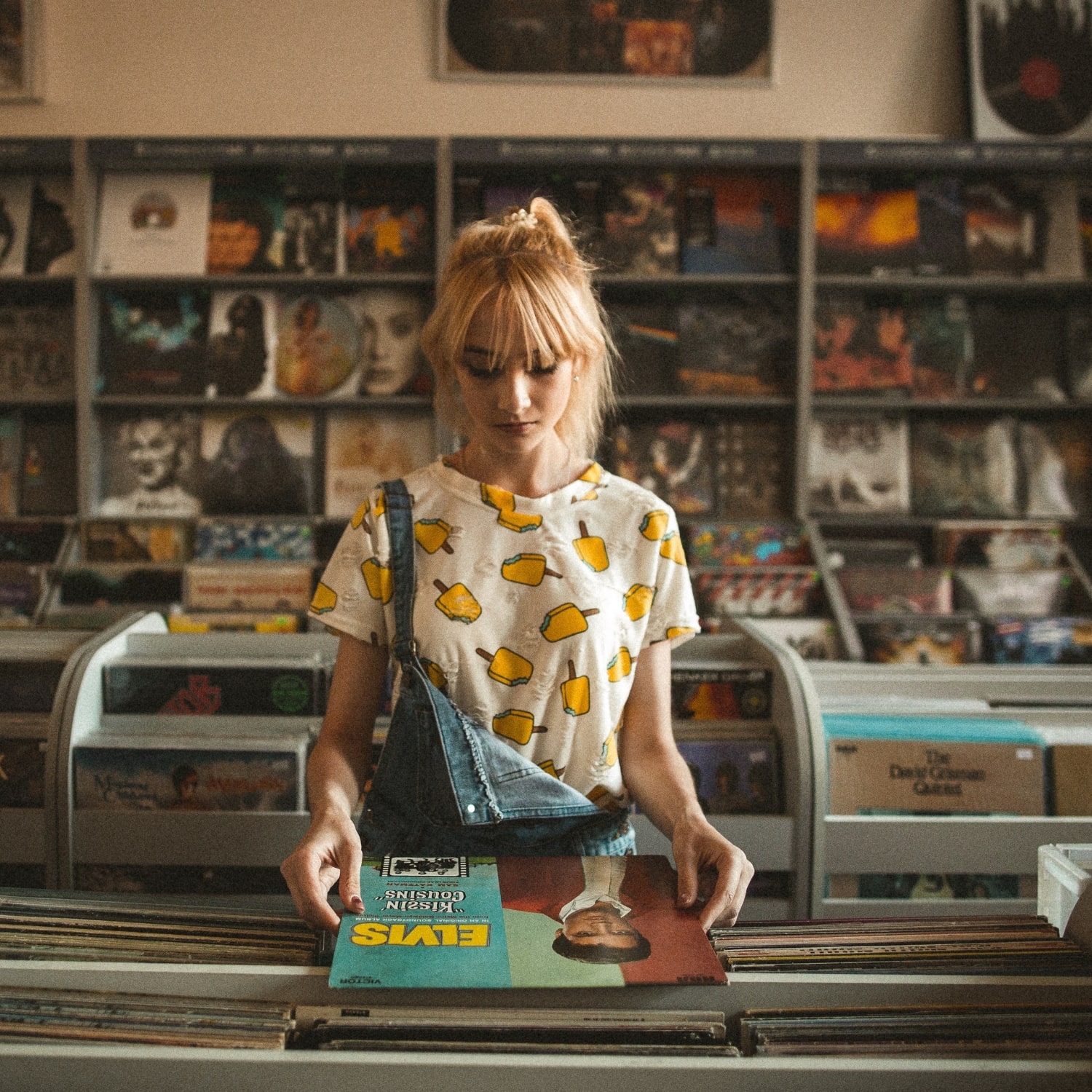
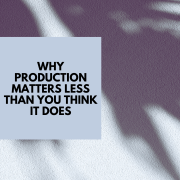

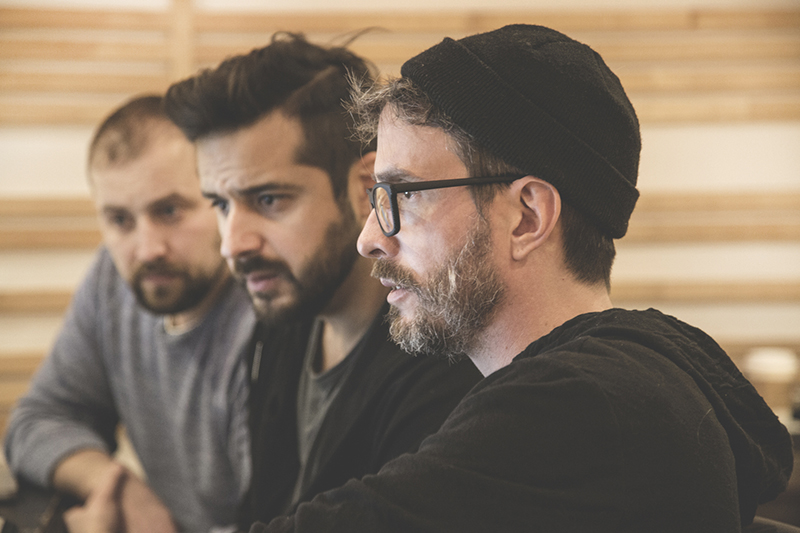

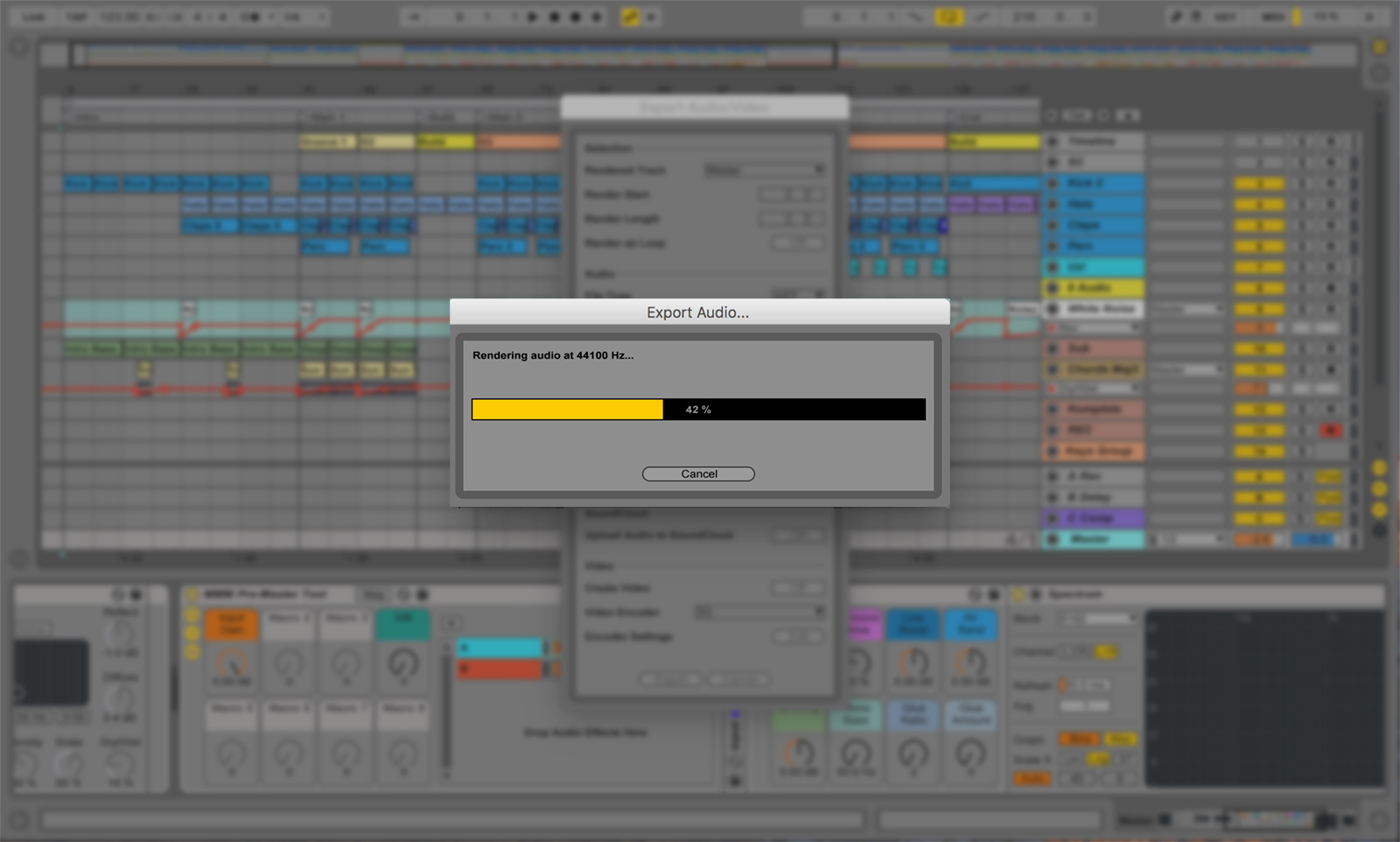
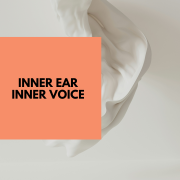
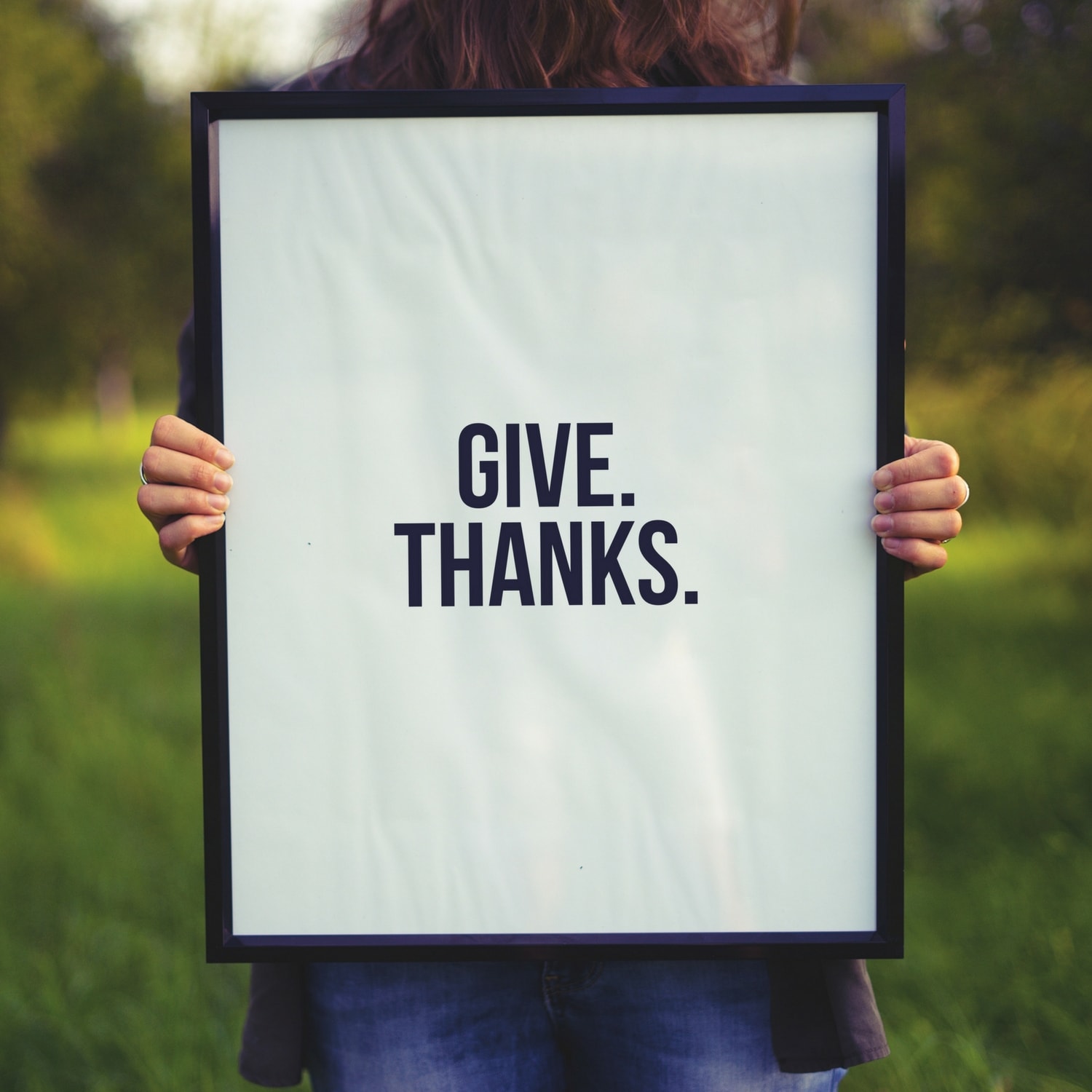


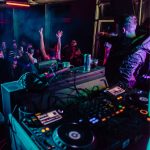
Leave a Reply
Want to join the discussion?Feel free to contribute!